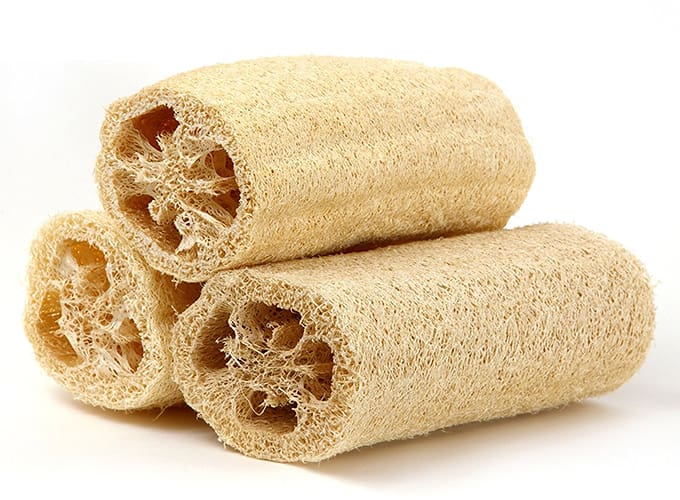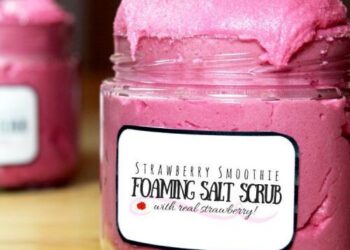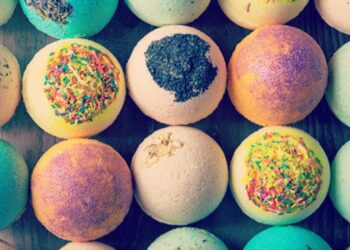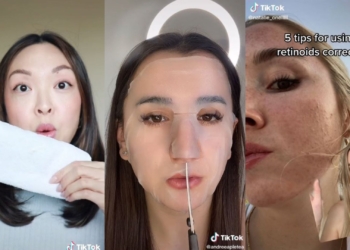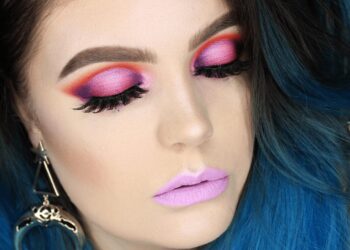Pretty sure that we’re all familiar with loofahs.
They’re those sponge-like thingies that help wash and thoroughly exfoliate ourselves in the shower. You’ve got those synthetic fluffy types in all sorts of colour, and then there are those natural, off-white ones that get super dry and hard when, well, dry. But nobody seems to know where those off-white loofahs are made of.

As it turns out, they’re made from dried-out gurds! Recently, Buzzfeed brought this shocking revelation to light, and we’re sort of undecided on how we feel. Mostly because most loofah advertising or branding strategies had us believing that they come from the ocean due to its coral-like nature, not the vegetable aisle.
The Luffa aegyptiaca, also known as the sponge gourd and the Egyptian cucumber, is a deep green fruit. It resembles a large cucumber, ranging from 12-18 inches. It’s grown for commercial purposes in China, Korea, Japan, and Central America, and the plant originates in India, where it still grows naturally.

“While the use of the luffa as an edible vegetable is not common in the United States, in its early immature stage it can be harvested and prepared like squash or can be eaten raw like the cucumber,” Garden Guides explains. “During this time the luffa has not had the opportunity to develop its inner fibrous netting that it is more commonly grown for.”
So apparently, once the outer shell begins to turn brown and the rattling of the seeds inside echoes through, you can soak the fruit in hot water for several hours after which, the skin will slip off easily revealing a loofah.

Once the outer shell begins to turn brown and the rattling of the seeds inside becomes audible, you can soak the fruit in hot water for several hours. Then, the skin will easily slip off, revealing a loofah!
Who knew it was that easy?

